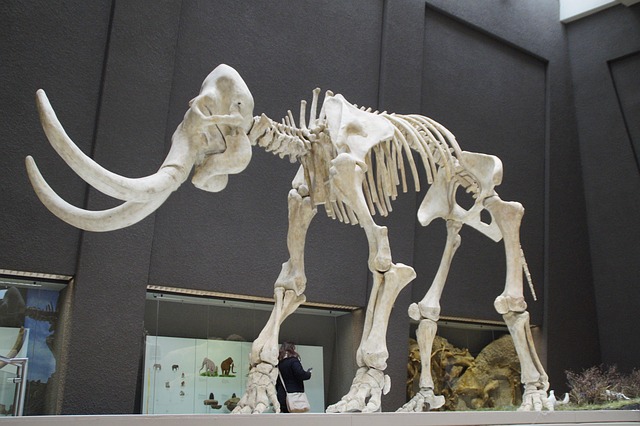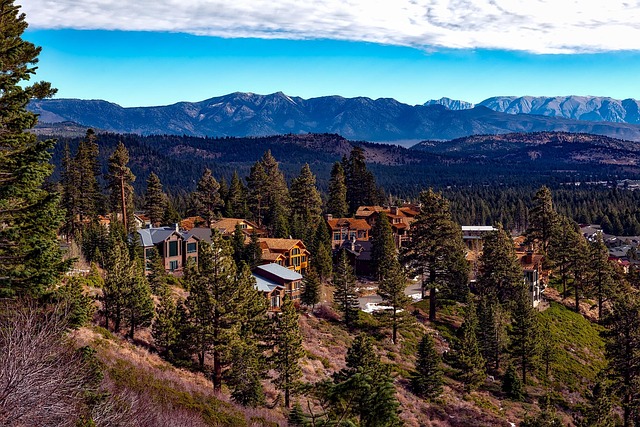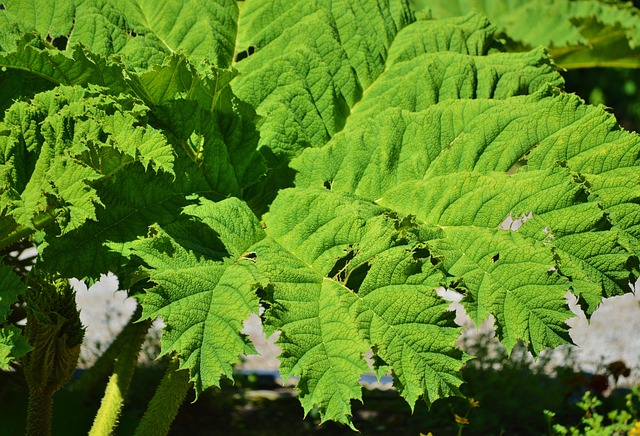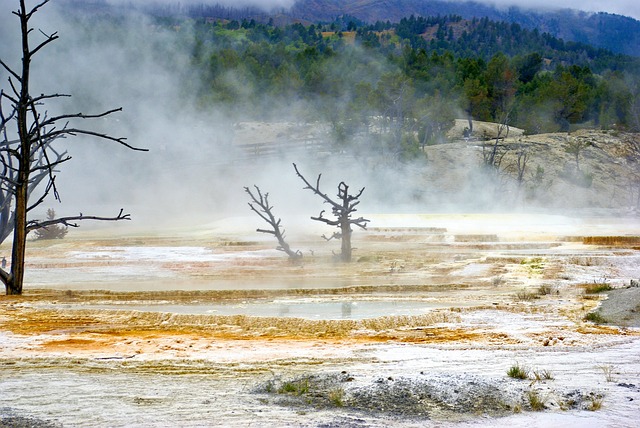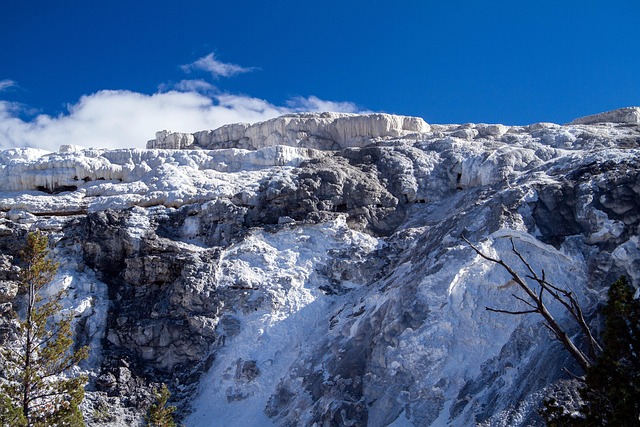"Ancient Copper Mining Techniques reveal labor-intensive methods and innovative practices used by civilizations worldwide for centuries. These historic sites, now remnants of a bustling past, have left an enduring mark on landscapes and local communities, influencing real estate values. While contaminated soil and water pose challenges, proper remediation offers renewal opportunities. The unique cultural significance of former copper mines attracts buyers and tourists, blending history and modernity. Preserving these sites is crucial for safeguarding our heritage."
“Uncover the enduring legacy of copper production, a journey through time that shapes landscapes and communities. From ancient mines to modern-day practices, this metal’s historical roots run deep. We explore the ancient techniques that laid the foundation for today’s industry, focusing on its environmental and cultural impacts.
Learn how copper mining has left an indelible mark on the world, especially in real estate, where historic sites stand as testaments to our past. Discover the lasting significance of these practices and their influence on contemporary land use.”
Unveiling Ancient Copper Mining Techniques: A Historical Perspective

Unveiling Ancient Copper Mining Techniques offers a fascinating glimpse into our historical relationship with this essential metal. Early civilizations, from Egypt to China, harnessed copper centuries ago, employing methods that often involved backbreaking labor and rudimentary tools. These techniques, though simple in comparison to modern mining practices, were innovative for their time and played a pivotal role in shaping societies across the globe.
The legacy of these ancient copper-producing regions can still be seen today, not just in the remnants of mines but also in the landscapes they shaped. Real Estate values in former mining towns often reflect the history embedded within them, with properties near old copper mines attracting interest from those fascinated by this rich and enduring heritage.
The Lasting Impact on Land and Local Communities

The historic copper production sites, with their deep roots in time, have left an indelible mark on both the land and local communities. These ancient mining hubs, once bustling with activity, now stand as remnants of a bygone era, whispering tales of prosperity and challenges faced. The environmental impact of such operations is significant, with former mining sites often presenting contaminated soil and water bodies due to the extraction processes. This pollution can persist for generations, affecting not only the local ecosystem but also the health and well-being of residents.
Real Estate values in these areas are uniquely influenced by this historical context. While some regions have successfully transformed into vibrant communities, others remain stagnant, bearing the scars of past industrial activities. The presence of contaminated land can deter development, impacting property values and the overall appeal for prospective buyers and investors. However, with proper remediation efforts, these sites offer opportunities for renewal, where careful rehabilitation can restore both the environment and the economic vitality of local communities.
Preserving Cultural Heritage: Copper's Enduring Legacy in Real Estate

Copper has left an indelible mark on human history, and its cultural significance extends far beyond industrial applications. In the realm of real estate, historic copper production sites hold immense value, not just for their architectural beauty but also as a testament to our past. Preserving these ancient structures and landscapes is more than just a historical duty; it’s a way to safeguard our cultural heritage.
Many historic copper mines and smelting sites have been transformed into charming residential areas or popular tourist destinations. These locations offer a unique blend of tradition and modernity, attracting buyers and visitors alike. The enduring legacy of copper in real estate lies not only in its aesthetic appeal but also in the stories it tells about our forebears’ ingenuity and resilience. By preserving these sites, we ensure that future generations can appreciate and learn from our rich cultural tapestry.
